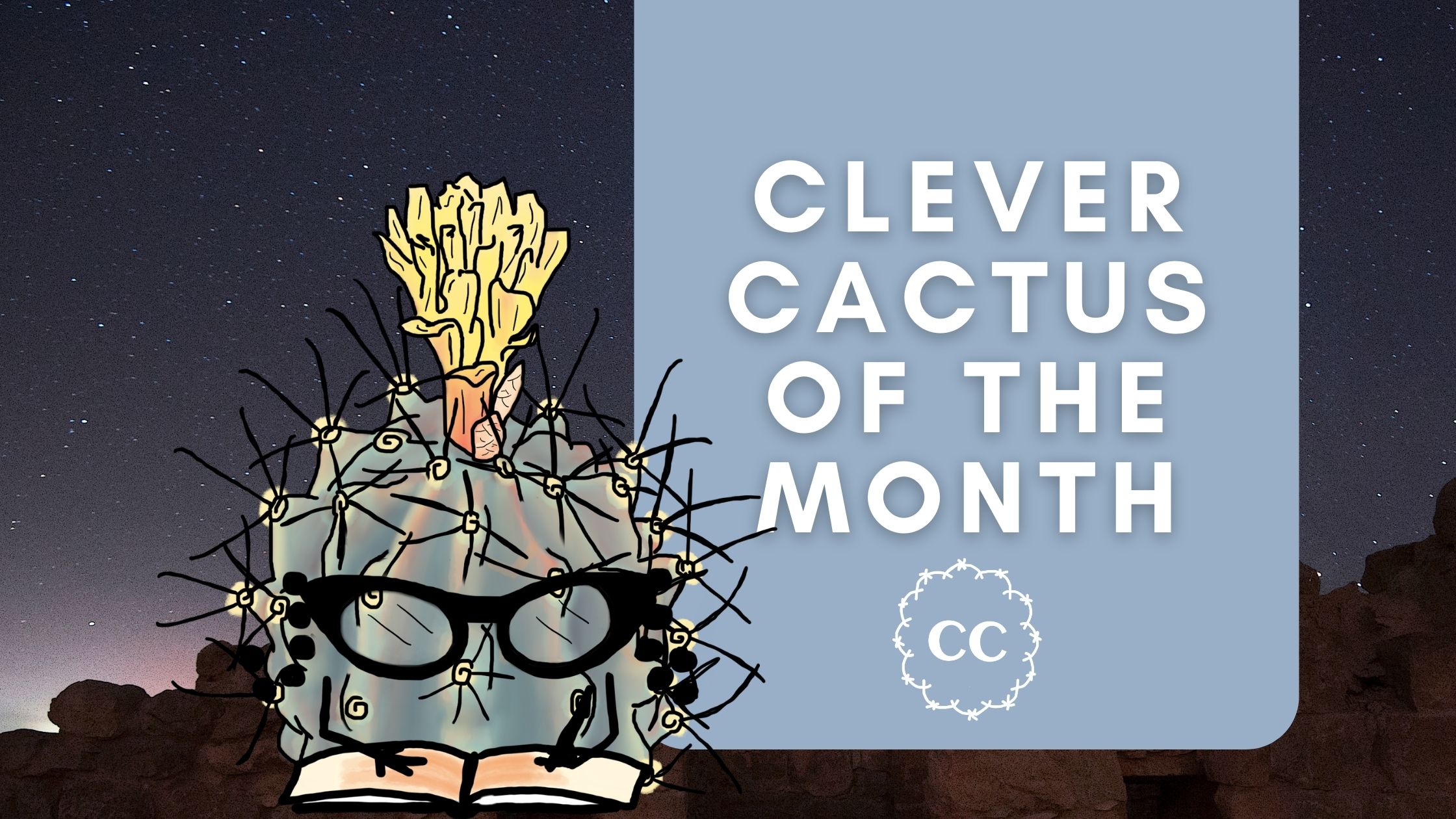By Laura Dicker
- Name(s): Mexican Fruit Cactus, Yellow Turks Head, Texas Barrel Cactus, Viznaga Barrel Cactus
- Species: Ferocactus Hamatacanthus
- Genus: Ferocactus
- Home: New Mexico, Texas, and the Chihuahuan Desert of Northern Mexico.
- Natural habitat: Rock crevices, limestone hillsides and cliffs; grows in clusters.
- Length: Up to 61 cm (24 inches) tall
- Flower: Funnel-shaped; yellow with a lime green interior and dark pink rim.
- Blooms: Late summer to autumn. Open during the day, and partially closed at night.
- Availability: Rare; might be available in online specialty shops.
Survival Guide
- Sunlight: Loves spending long days in full sun. It becomes a deeper shade of green if it doesn’t receive sufficient light.
- Water: Drought-tolerant. Let this plant dry out completely before watering.
- Soil: Sandy, well-drained soil.
- Temperature: Cold-tolerant up to -9°C but prefers heat.
- Fertilization: Fertilize every 2 to 3 months during the summer to autumn months.
The sweetest thing since dulce de leche
The Mexican Fruit cactus gets its name from its hometown and its ability to bear, you guessed it, fruit. Egg-shaped but thin and juicy, the brown-coloured fruit can grow up to 2 inches long. These fruit are actually human-safe and edible; they taste like kiwi!
Large yellow flowers with scarlet rims typically decorate the top of the cactus, growing as large as 8 cm (3.2 inches) across and 10 cm (3.93 inches) wide. The funnel-shaped flowers are glossy with a lime green interior. The cactus’s body has 13 to 17 solid ribs, covered in long, sharp thorns and peppered with 1.2 inch-nodules (think cactus vertebrae) all along their length.

The Mexican Fruit cactus will probably not surprise you with its requirements: like most cacti, the secret lies in lots of sun, warm temperatures, and well-draining soil. Mexican Fruit cactus tend to lean into the sun instead of growing straight up, so a spot in direct sunlight will always be a clear winner.
Propagate a Mexican Fruit Cactus
Ferocactus Hamatacanthus is most commonly propagated with seeds.
- Place seeds on the top of the soil and lightly press them in without burying them.
- Seal the top of the pot with a bag to retaining heat and moisture, encouraging growth by creating optimal conditions for our future fruit-bearers to thrive in.
From that point on, patience will be key: though it will likely be successful, this process will be a lengthy one.
Potting a Mexican Fruit Cactus
Mexican Fruit cacti love being repotted frequently when its young and small, but once it hits 10 cm in diameter, it likes to hang out in its pot for 2 to 3 years.
It demands a well-draining environment, and that applies to the soil (which should be a nutrient-rich, fast-draining cactus mix) as much as the pot it will stay in (it won’t love having wet feet). Its roots are slim and fibrous, making it particularly sensitive to humidity. Water with caution.
Propagate a Mexican Fruit Cactus
Ferocactus Hamatacanthus is most commonly propagated with seeds.
- Place seeds on the top of the soil and lightly press them in without burying them.
- Seal the top of the pot with a bag to retaining heat and moisture, encouraging growth by creating optimal conditions for our future fruit-bearers to thrive in.
From that point on, patience will be key: though it will likely be successful, this process will be a lengthy one.
